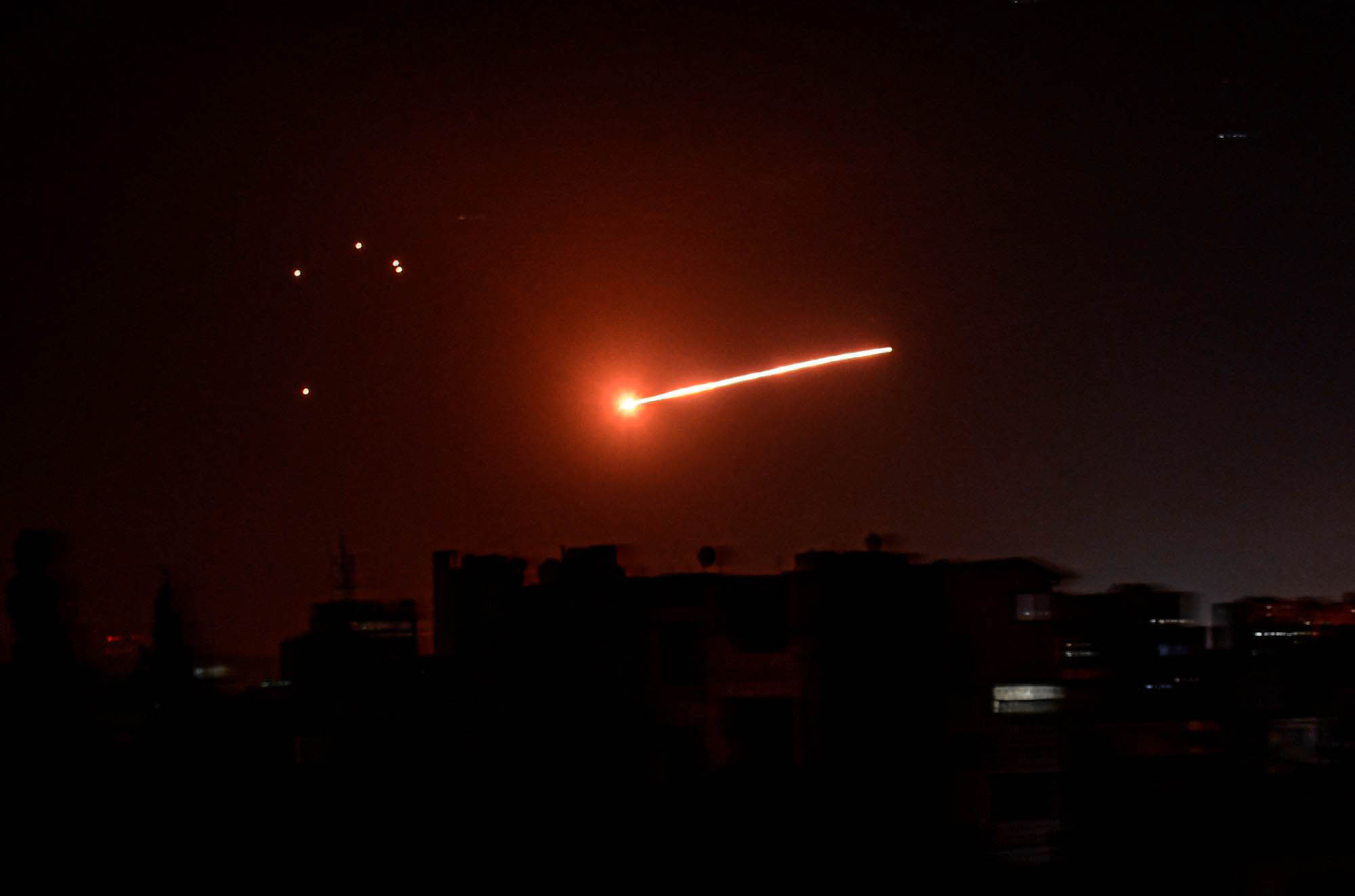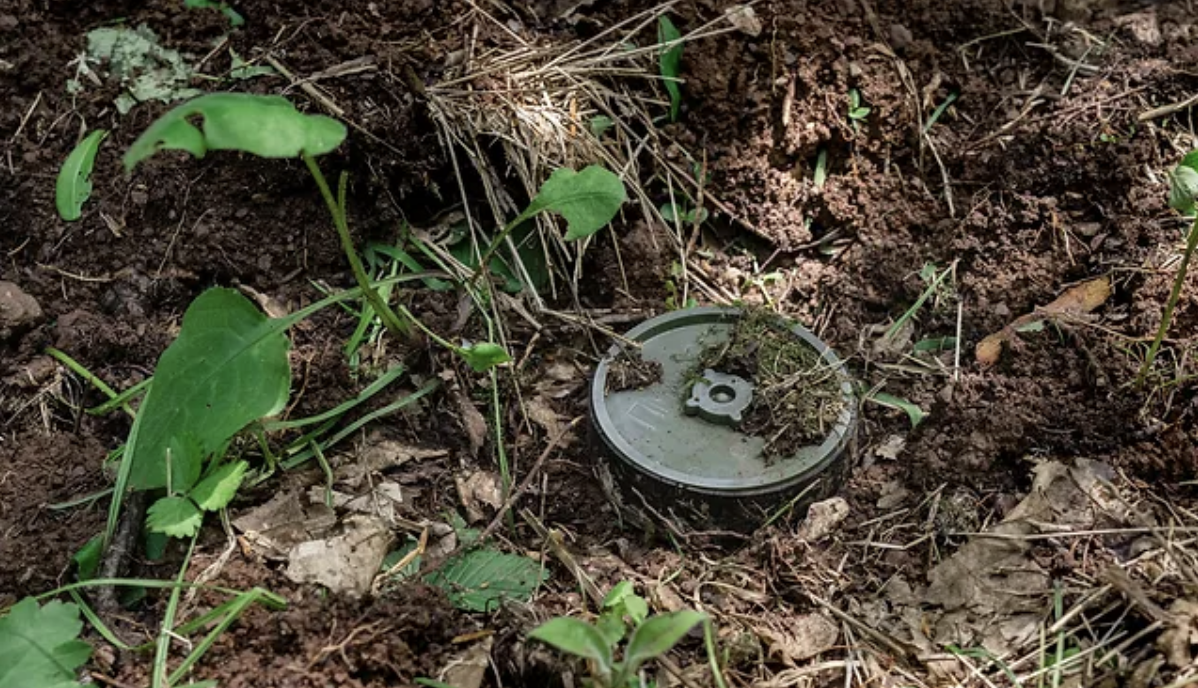Kyiv, Ukraine, 0446 Hours
The heavy cloud cover bottomed out at barely twelve-hundred meters, and the countryside below, already bleak from a full Ukrainian winter, shot past in a shadowy blur. Kyiv was a fading light behind them, hidden behind a flickering curtain of anti-air fire as supersonic rain plunged towards the city. It was a tragedy that they had to ignore as they pushed forward into the night. Ahead, the Zakaznyk forest loomed dark against the backdrop of Belarus.
The rapid mobilization of Russian divisions to the north and east earlier in the week had not gone unnoticed by Ukrainian officials, and despite Russian claims of a large-scale military exercise, concerns of an incoming conflict had grown. It was only after confirming information from American and French intelligence services had been relayed to the Ukrainian military that the country began to escalate towards wartime conditions. Reserves forces were quietly activated, and combat air patrols were increased over Ukraine’s major cities.
Defense of the Kyiv airspace fell to the 40th Tactical Aviation Brigade, based in Vasylkiv Air Force Base, roughly 30 kilometers outside of the city. The air group was a mixed force composed primarily of Mig-29MU2 Fulcrum fighter-bombers, the backbone of the brigade, along with two supporting squadrons of Albatross light-attack aircraft. While Ukraine had intended to improve their Fulcrum fleets with Israeli technology, increasing Russian aggression had forced their hand early and the Mig-29 squadrons had only received a last-minute upgrade package that had resulted in an affectionate mess of Soviet, Israeli, and American technologies that had yet to prove their worth.
The Russian radio blackout on the night of February 24 was met with a general alarm across the whole of Ukraine, and the 40thBrigade was nearly entirely in the air by the time the first missiles were detected arcing towards Kyiv. While the Albatross attack planes rapidly armed themselves for ground-attack, the Mig-29s, already sporting air-to-air missiles, raced towards the border regions in preparation for the invasion they knew was coming. The time was 446 hours, and Ukraine was ready.
The flight of Fulcrums passed low over the Pripyat River, just south of Chernobyl, once a ghost town and now a growing fortress, before beginning to angle east towards the frontier, making sure to keep only just above the treetops. On their cockpit screens they could see the distant markers denoting three Russian Mainstay AWACS radar aircraft, each thirty miles behind the fortified Belarusian border, a position from which they could sweep the front for enemy fighters with specious impunity. They weren’t the squadron’s targets.
Sixty kilometers to their northeast, two groups of Russian attack aircraft were fanning out across the Ukrainian frontline, guarded by an additional squadron of Su-35 fighters. They had strayed past the boundary protecting the Mainstays, and now lay within reach of Ukrainian guns. Responsibility of the attack aircraft fell to another squadron. The fighters would be theirs.
The range closed to fifty kilometers, and he nudged the nose of his fighter down ever so slightly to stay under the Mainstays’ radar coverage. He wouldn’t have to for much longer. Forty kilometers. The flight was now flying perpendicular to the Russians; their projected path would put them just behind the attacking force at the point of intersection. He eased back slightly on the stick. Thirty kilometers. The lead Russian aircraft were nearly directly in front of them, still far off and hidden in the clouds. The Ukrainians angled slightly south to match. The Russians still hadn’t increased speed. Twenty kilometers. Adjusting his course, he carefully armed the three Israeli-built Tamir interceptors mounted under each wing. Fifteen kilometers. It was time.
On their displays, two of the markers denoting Russian Mainstays vanished as the AWACS aircraft were struck by invisible attackers, followed quickly by the third as it shut down its radar and dove to the ground for safety. Free from the radar threat, the Ukrainian fighters went to afterburner and shot skyward towards the Russians, lighting up their own missile guidance systems as the distance rapidly fell under ten kilometers. Moments later, they fired.
Four interceptors dropped off of their hardpoints and raced past his wings, leading him to his targets. The sudden loss of their control aircraft had momentarily blinded the Russians pilots, but they quickly recovered their senses and proceeded to scan the skies for enemies. At the first warning of Ukrainian missiles to their rear, the squadron increased speed and split formation, but time was not on their side. The Tamir missiles broke through the cloud layer and honed in on their targets in seconds. The Sukhoi aircraft deployed flares and threw themselves into radical turns, but two immediately fell to the Israeli weapons, and three more were damaged shortly after. As the survivors attempted to rally, the Ukrainian fighters tore into the open sky and volleyed their second wave of missiles before moving to engage with their cannons. The dogfight quickly collapsed into disarray.
The Mig-29 and the Su-35 were virtually identical in appearance despite their age gap, and at supersonic speeds in the dead of night, the two aircraft were totally indistinguishable. Each side was hesitant to fire on targets they didn’t know the identity of, and the result of this was a deadly dance of aerial maneuvers punctuated by frantic radio calls and bursts of cannon fire. With their smaller number, the chaos favored the Ukrainians. A pair Russian aircraft fell to guns, then a Ukrainian Fulcrum to an Archer missile. Two more Russian aircraft were blotted from the sky before Ukrainian SAM fire began to indiscriminately slice swaths of fire through the air battle from below, killing another pair of Russian fighters and a Ukrainian Fulcrum. Their numbers halved and without airborne radar to guide them, the Russian squadron dove for the surface and raced back north, while over the front, Ukrainian air commanders screamed at their artillery to stop firing at them. Eventually, the storm of missiles subsided, and the squadron began its march back to Kyiv as another arrived to take its station.
The battle had taken its toll on both sides; while they had destroyed eight Russian aircraft, the Ukrainians had lost four of their fighters both to enemy and friendly fire alike. Regardless, the operation had been a success, not just in Kyiv, but likewise in Kharkiv and Luhansk. The initial Russian air attack into Ukraine had been blunted and repulsed. Three Russian AWACS aircraft had been taken out across the entire theatre (although not by their own hand) and those remaining had taken up stations far behind the battle line, where they would be less effective in controlling a future air battle. On every front, Ukrainian fighters mustered over the border, covering the waves of attack aircraft now lashing into the emerging Russian frontlines.
The journey back was solemn and quiet. He himself had claimed three kills, two to missiles and another to guns, an impressive tally, although it had come at the cost of his wingman and two others: men and women he knew, who he drank with, who he’d seen just an hour ago as alarms had blared in the barracks. It was a sobering reality, but reality nonetheless, and one he knew was only just beginning. On the horizon ahead, Kyiv was ablaze.
Owen Button, Y12



